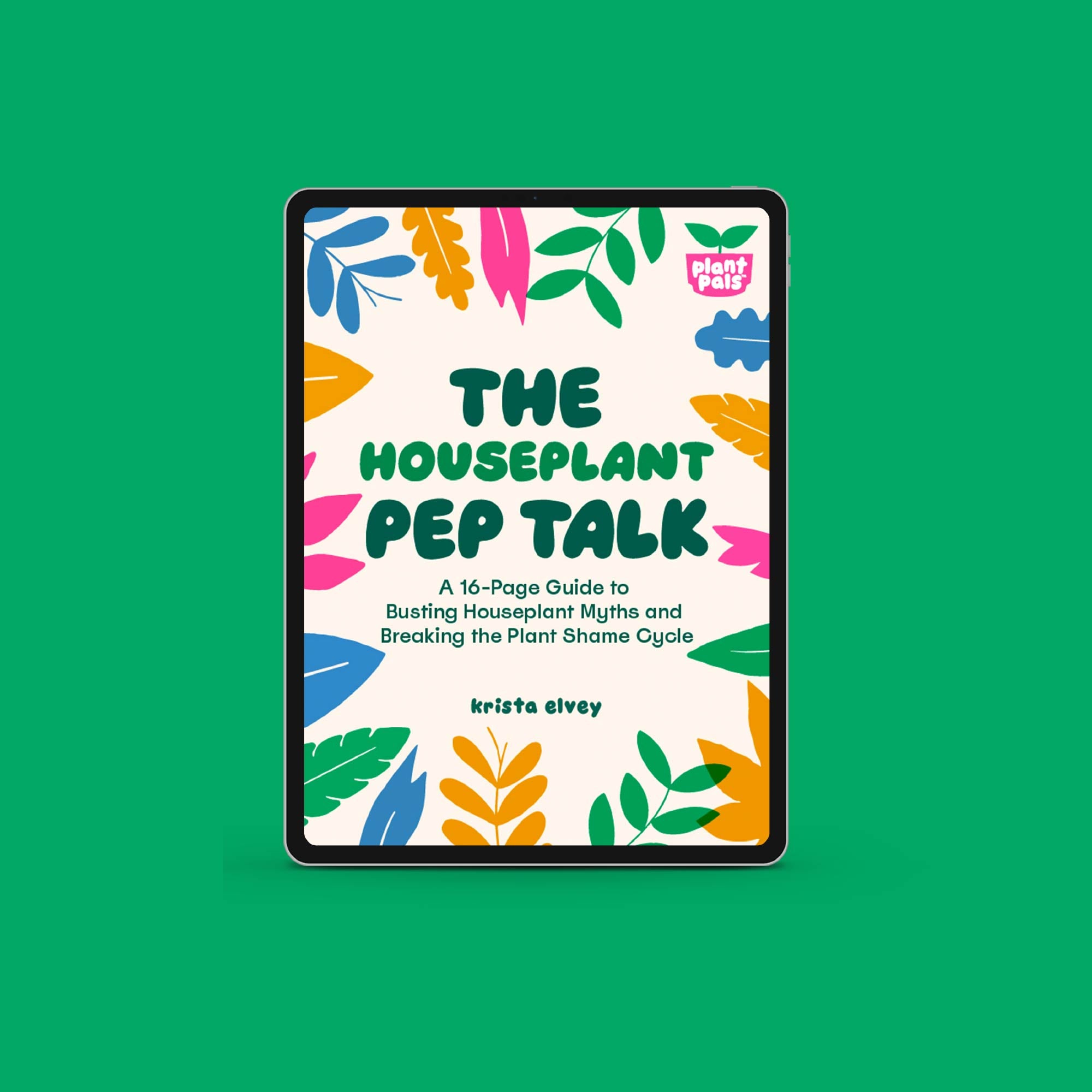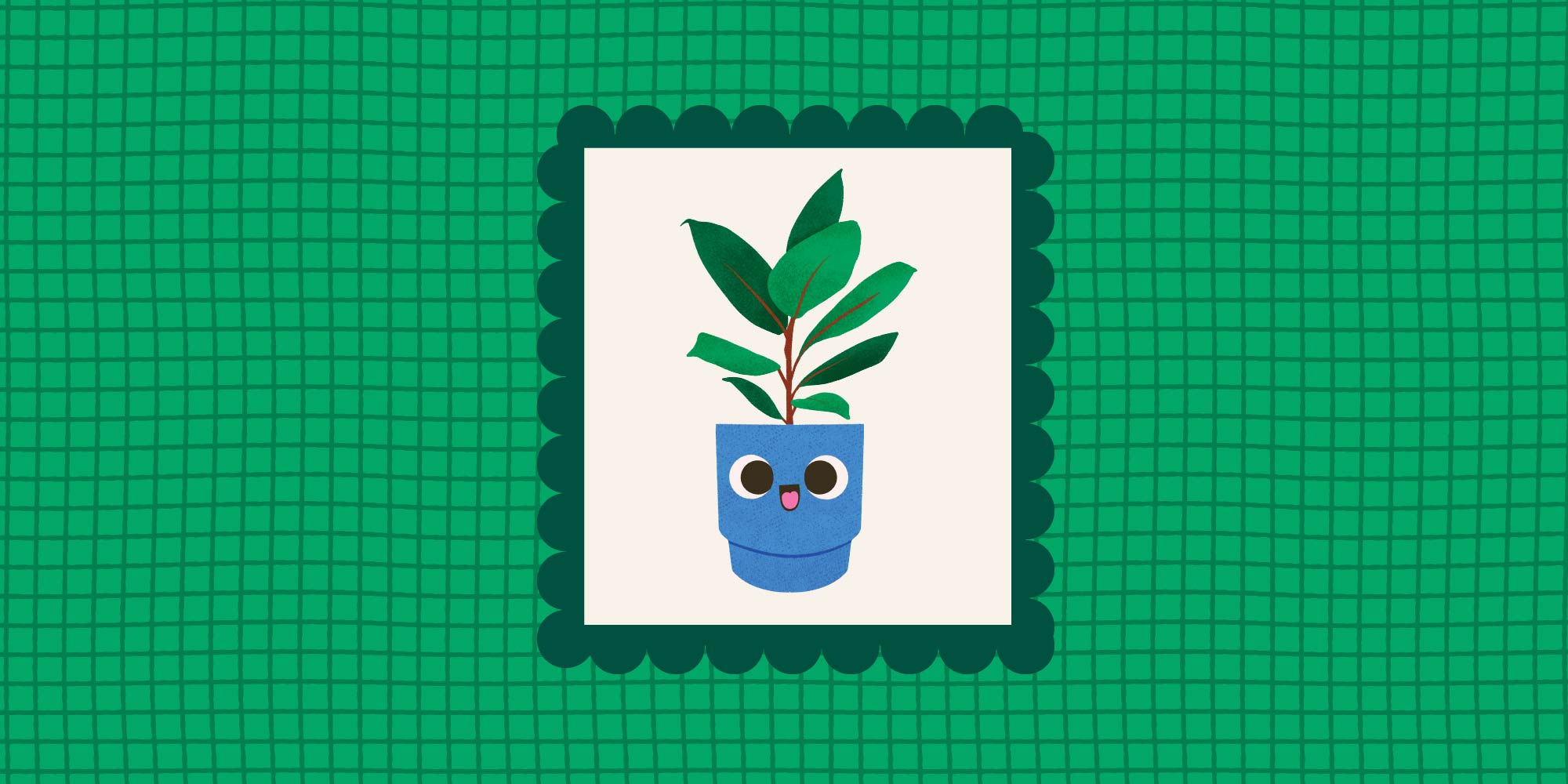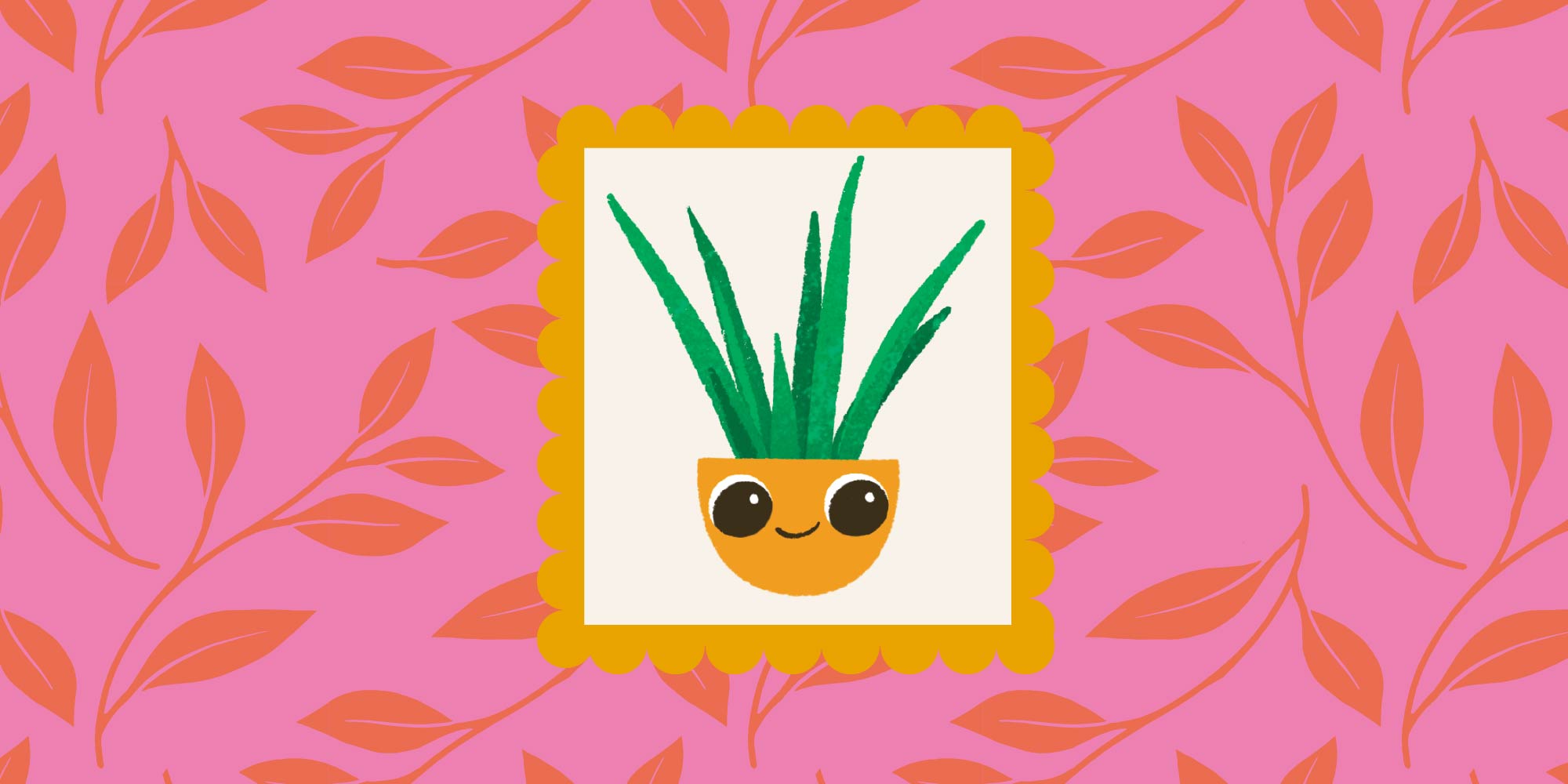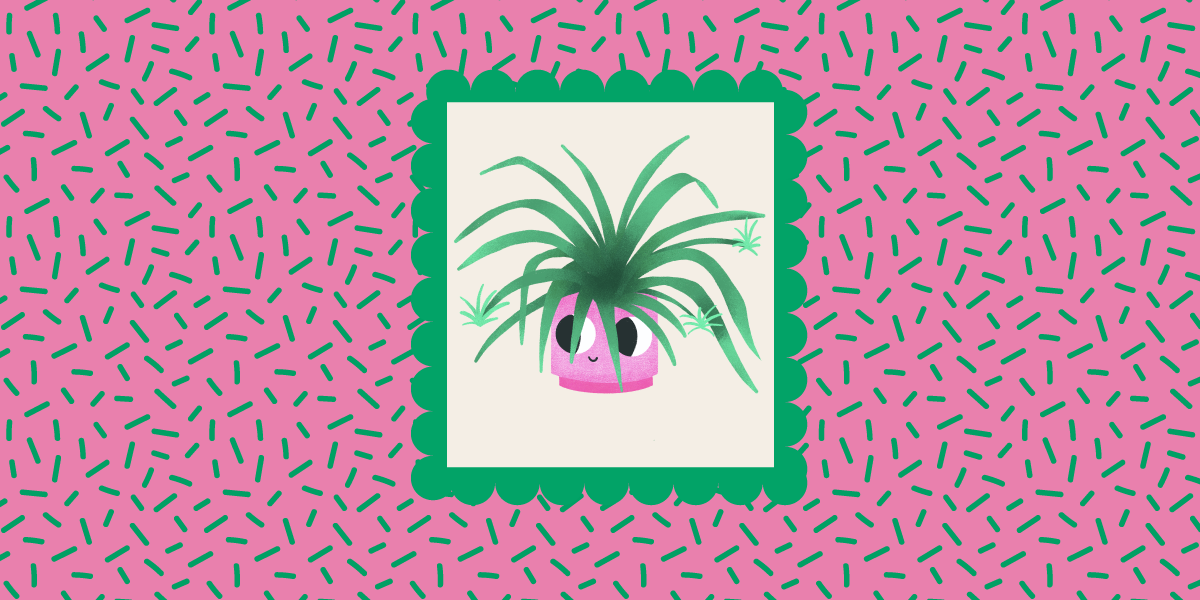Fertilizer and Houseplants: 3 Lessons Every Beginner Should Know
Fertilizer is the unsung hero of growing houseplants. I’m still learning more about it every day. But it isn’t optional, and it plays a vital part in helping your Plant Pals become their healthiest, happiest selves.
That’s why we needed to make sure we explained why fertilizer matters in our Plantastic Six Pack. A little knowledge goes a long way, and that’s why I’m sharing the 3 lessons about fertilizer I wish I had learned when I was a newbie Plant Person.
Lesson 1: What houseplant fertilizer is, and what it does.
We don’t need to complicate this one: Fertilizer is like a Flintstones chewable multivitamin for your houseplants.
In their natural habitat, these plants would get all the nutrients they need from their surrounding environment and ecosystem. As houseplants, they’re a bit out of their element being confined to a relatively small container, and we need to help them balance out their nutritional intake.
Fertilizer helps your Plant Pals stay at the nutrient levels they need to thrive.
It comes in many forms; I like the liquid versions, but I’ve used everything from slow-release pellets to stakes that you stick into the soil mix. Which one you choose can depend on your plant’s species, growing conditions, and personal preferences.
I know a lot of you might immediately think “Wait, manure? Gross!” when we talk about fertilizer. But for indoor fertilizer, we’re not talking about the cow-based formula you were probably picturing. Fertilizer can be chemically formulated (synthetic) or natural (organic).
Synthetic: This is chemically-designed for the exact nutrients (in a concentrated form) a plant needs and designed for fast uptake. Depending on the exact composition, these may include the three macro nutrients (Nitrogen, Potassium, Phosphorus) and the 17 micronutrients (like Iron and Zinc) your houseplant needs to survive. While they are fast-acting, synthetic fertilizers will not last long term in your soil.
Organic: These are from natural sources (like animals and other creatures) and are subjected to way less chemical processing compared to synthetics. They release nutrients more slowly and naturally over time while contributing to overall soil structure, fertility, and increased microbial activity. Some organic fertilizers may include things like worm castings, compost, bat guano, fish emulsion, bone meal, seaweed extracts, and cool-but-gross stuff.
When I was a beginner plant person, I thought fertilizing was an expensive waste of time. So I didn’t do it, and my plants were severely nutrient-deficient for years! Now you know.
Lesson 2: Many indoor potting mixes have fertilizer built in.
Well, that makes it easier, doesn’t it?
Potting mix companies have this down to a literal science, and to make everyone’s lives easier, many of their mixes come with a lower dose of fertilizer mixed into the soil.
When you buy your indoor potting mix, make sure to check whether or not fertilizer is part of the soil. This is mainly so you can avoid over-fertilizing your plant by adding fertilizer to a pre-fertilized potting mix. Too much nutrients can create long-term health issues for your Plant Pals.
And if your potting mix doesn’t include fertilizer, you can follow the steps I outlined in the previous section!
Lesson 3: How often (and when) you should fertilize your plant.
Fertilizer helps your plant grow happy and healthy, so you should fertilize your Plant Pals during their natural growing seasons. In the Northern Hemisphere, that’s spring and summer.
I don’t want to overwhelm you with a shopping list of fertilizers, because I can’t tell you anything the companies themselves don’t already explain. So my rule of thumb is to carefully read the packaging of any fertilizer you want to buy, checking that it’s a good match for your Plant Pals. Then follow their instructions, and that’s that!
Your Plant Pals will be photo-worthy in no time. (And when they are, make sure to tag me, okay?)
How can all this help you today?
I didn’t really understand the point of fertilizing my houseplants until I saw the results. For the first time ever, my plants looked like the pictures I had seen online. I didn’t realize I had been quietly malnourishing them, and I made sure to not make that mistake again.
With these lessons, you’ll be ahead of the game. Healthy, nutrient-rich plants are also more resistant to pests and disease, so your Plant Pals will grow from strength to strength, and you’ll be able to add another Plant Person skill to your personal repertoire!
If you want to keep on growing, catch up on the other Plantastic Six Pack blogs here!



